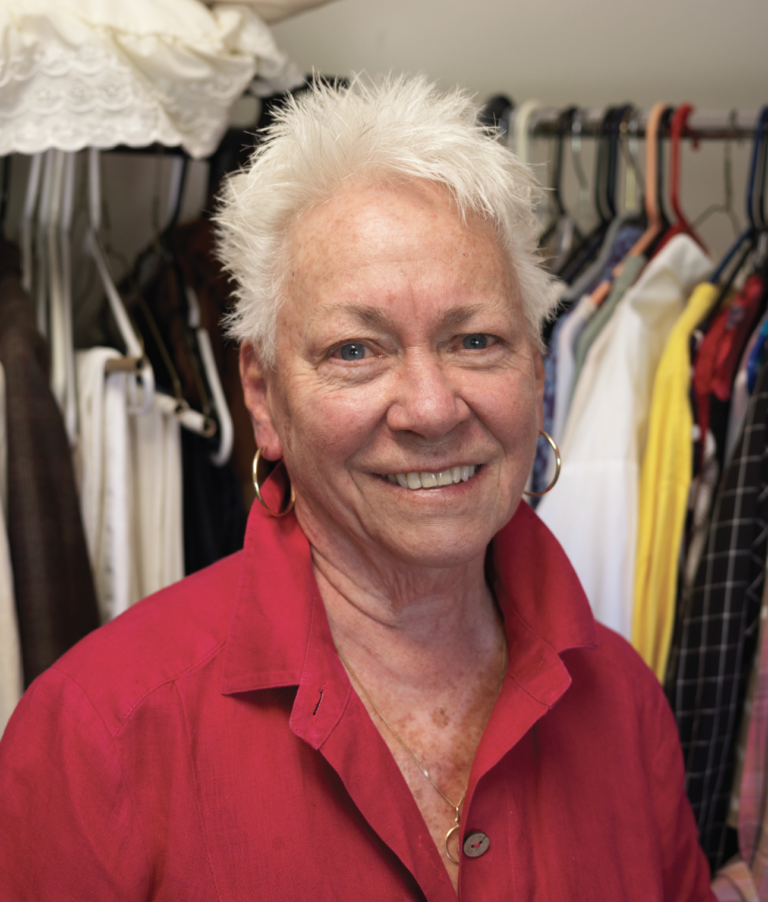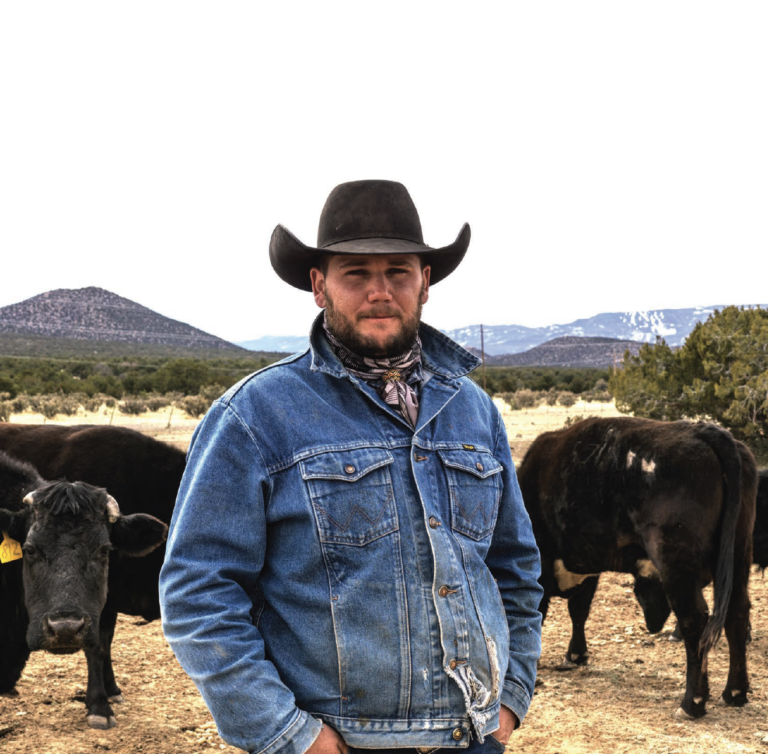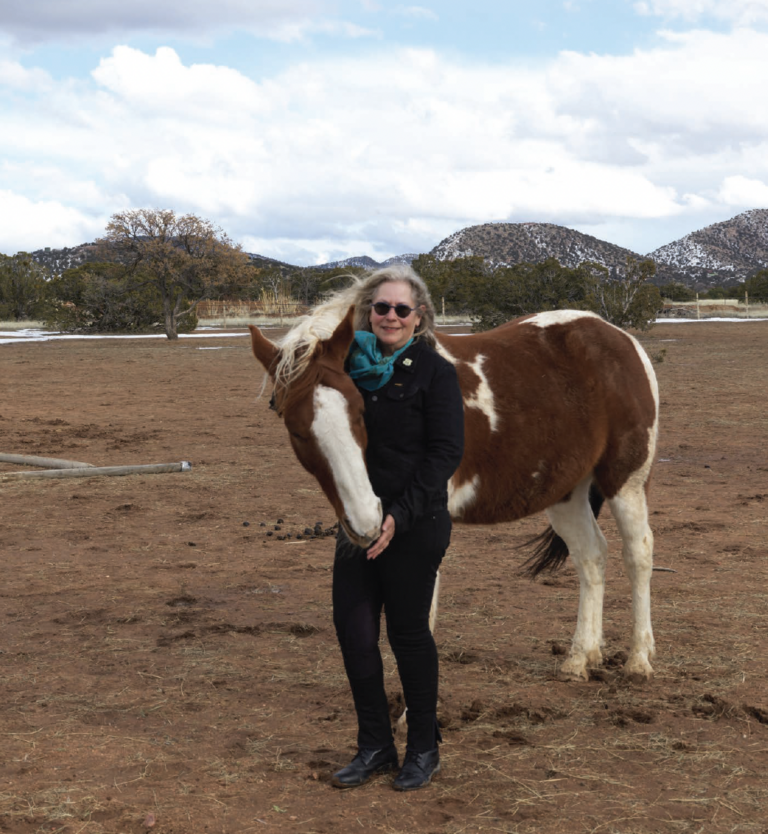YOU SHOW UP EARLY to Jono’s production studio. It’s instantly familiar, although you have never been there. You can’t put your finger on why.
Now you’re in the control seat that faces the soundproof recording room. Beside you are colossal, vintage speakers with back-to-the-future bells and whistles, dials and buttons.
Next you are sitting in the recording room where the noises and distraction of the world fall swiftly into irrelevance. The silence is overwhelming, somehow sweet, inviting, heavenly. Perhaps you should compose some haiku.
You see the picture of Joni Mitchell outside the door. She may have done some recording here. In the photo, she has the kind of smile you have when you’ve completed something you’re proud of.
Back to the cockpit, waiting for Jono. It’s the kind of place that if you discovered a warm, chocolate-chip cookie there, you would feel OK to help yourself.
At last, the master of ceremonies, the host, and the wizard of sound arrives. He is impish, witty and knowledgeable. He explains producing — how he does it and how it makes this whole place work.
Talk about studio as home, the atmosphere of the feeling you want to create for artists.
I’m first and foremost a musician. My first experiences in studios were on the other side of the glass, as an artist. And I learned a lot about what works and doesn’t work.
A studio needs to be a safe and welcoming creative environment. My goal is to create an atmosphere that still feels laid back, even though the nature of recording puts people under the microscope. And my role in people’s creative processes varies greatly from one project to the next. Whoever’s at the helm of the studio has to know what their job is at any given time.
For example, in many of the projects that I do, I’m hired also as the producer. And in that case, I’m way more intimately involved with the creative process from the ground up. And that varies depending on whether it’s with an individual artist or with a band or some kind of ensemble. But in the case of, for example, a singer-songwriter, I will work with the artist from the very bare bones of choosing the songs that are going to be recorded, discussing the sonic landscape of the project, helping select the musicians. With a band, they’re hiring me because there’s something about my sensibilities that they like, and they want me to help shepherd their project in a certain way. But at the same time, there’s already a dynamic between the members of the ensemble that has to be respected.
Do you have trouble saying no to a client?
No, I have no trouble at all saying that. I think as you go forward in life, your sense of having less time to waste becomes more acute.
Definitely there’ll be times where we’ll bring somebody in to do overdubs on a project, and I can tell right away if it’s not happening. Just like in film, stuff winds up on the cutting room floor. But the way you say, Stop, wrong, do this again, is very important. That’s the people skills part of producing and trying to elicit the best possible performance out of an artist. Diplomacy is important.
How does your authority as an artist inform your sensibility here?
It’s all intertwined. I know how it feels to be on both sides. I also believe audio engineers who are also musicians are uniquely qualified to do the job in ways that others, who are proficient at the technical aspects of engineering but don’t have the musical sense, are not necessarily. The nature of the creative experience, and the person who is the creative at the moment, is often vulnerable, right? Because if you’re really pushing the envelope, you’re making mistakes. I know I’m doing my job when at some point in the process, the artist I’m working with says, you want me to do what?
What about the actual technology?
I’m not a real gear-head, I don’t know the model numbers of the microphones I use. I just know which ones they are and that they work. I sometimes am wary of engineers who can say, oh, I used the MK2-17 on that one. It’s like, well, you spent so much time memorizing that number instead of figuring out where to point it to make it sound good.
When digital first started out, those of us who began in the analog days were constantly griping about the difference in the emotional impact of the recordings from analog to digital. But now that gap is closing, because of the advent of better converters. The process by which sound waves are being captured and converted into digital information is so much better.
One of the reasons that digital recordings would impact us differently on an emotional level is that your brain is actually busy filling in the missing gaps in the actual information. And now those are fewer and farther between, so that the human brain is no longer being occupied as much with that aspect of the listening process. We’re able to feel it more.
WANT TO READ MORE? SUBSCRIBE TO SANTA FE MAGAZINE HERE!
Photo SFM








